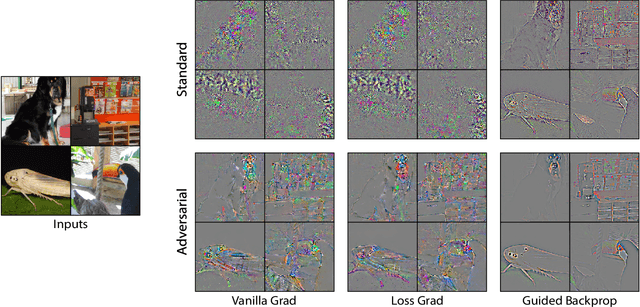Takahiro Itazuri
Do We Need Sound for Sound Source Localization?
Jul 11, 2020



Abstract:During the performance of sound source localization which uses both visual and aural information, it presently remains unclear how much either image or sound modalities contribute to the result, i.e. do we need both image and sound for sound source localization? To address this question, we develop an unsupervised learning system that solves sound source localization by decomposing this task into two steps: (i) "potential sound source localization", a step that localizes possible sound sources using only visual information (ii) "object selection", a step that identifies which objects are actually sounding using aural information. Our overall system achieves state-of-the-art performance in sound source localization, and more importantly, we find that despite the constraint on available information, the results of (i) achieve similar performance. From this observation and further experiments, we show that visual information is dominant in "sound" source localization when evaluated with the currently adopted benchmark dataset. Moreover, we show that the majority of sound-producing objects within the samples in this dataset can be inherently identified using only visual information, and thus that the dataset is inadequate to evaluate a system's capability to leverage aural information. As an alternative, we present an evaluation protocol that enforces both visual and aural information to be leveraged, and verify this property through several experiments.
What Do Adversarially Robust Models Look At?
May 19, 2019



Abstract:In this paper, we address the open question: "What do adversarially robust models look at?" Recently, it has been reported in many works that there exists the trade-off between standard accuracy and adversarial robustness. According to prior works, this trade-off is rooted in the fact that adversarially robust and standard accurate models might depend on very different sets of features. However, it has not been well studied what kind of difference actually exists. In this paper, we analyze this difference through various experiments visually and quantitatively. Experimental results show that adversarially robust models look at things at a larger scale than standard models and pay less attention to fine textures. Furthermore, although it has been claimed that adversarially robust features are not compatible with standard accuracy, there is even a positive effect by using them as pre-trained models particularly in low resolution datasets.
 Add to Chrome
Add to Chrome Add to Firefox
Add to Firefox Add to Edge
Add to Edge